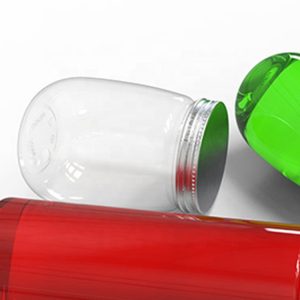The history of plastic bottles is indeed surprising, as it reveals a series of innovations and developments that have transformed the way we store and consume liquids. Here’s a brief overview of the surprising history of plastic bottles:
- Early Beginnings: The concept of plastic bottles dates back to the 17th century when natural rubber and animal intestines were used to store liquids. However, these materials were not ideal due to their limited durability and impermeability.
- Parkesine: In the mid-19th century, Alexander Parkes, an English inventor, developed a material called Parkesine, which is considered one of the earliest forms of plastic. Parkesine was derived from cellulose, a plant-based material, and could be molded into various shapes, including bottles. While it showed promise, it was expensive and never gained widespread popularity.
- First Commercial Plastic Bottles: The first commercially successful plastic bottle was introduced in 1947 by the American company Owens-Illinois. They created the PET (Polyethylene Terephthalate) plastic bottle, which became a game-changer due to its lightweight, durability, and ability to resist pressure.
- Soda Pop Boom: The popularity of plastic bottles surged in the 1960s and 1970s with the rise of the soft drink industry. Companies realized the convenience and cost-effectiveness of using plastic bottles over traditional glass containers. Plastic bottles became the norm for sodas and other beverages, leading to a shift away from reusable glass bottles.
- Environmental Concerns: As plastic bottle usage increased, so did environmental concerns. In the late 20th century, awareness grew about the impact of plastic waste on the environment, particularly marine pollution. The accumulation of plastic bottles in landfills and oceans became a significant issue.
- Recycling Efforts: In response to the environmental concerns, recycling initiatives for plastic bottles gained traction in the 1980s and 1990s. Governments, industries, and environmental organizations promoted recycling programs to mitigate the negative impact of plastic waste.
- Advancements in Recycling Technology: Recycling technology improved over the years, making it more efficient to recycle plastic bottles. This led to increased recycling rates and the use of recycled PET in the production of new bottles and various other products.
- Sustainable Alternatives: As awareness of environmental issues grew, there was a push for more sustainable alternatives to traditional plastic bottles. Some companies started using bioplastics made from renewable resources like corn starch to create bottles with a lower carbon footprint.
- Reducing Single-Use Plastics: In the 21st century, there has been a global movement to reduce single-use plastics, including plastic bottles. Many countries and cities have implemented bans or restrictions on certain types of single-use plastics to combat pollution and promote sustainability.
The history of plastic bottles is a testament to human ingenuity and the constant evolution of materials and technologies. As we continue to face environmental challenges, the focus remains on finding even more sustainable solutions for beverage packaging and reducing plastic waste in our ecosystems.







